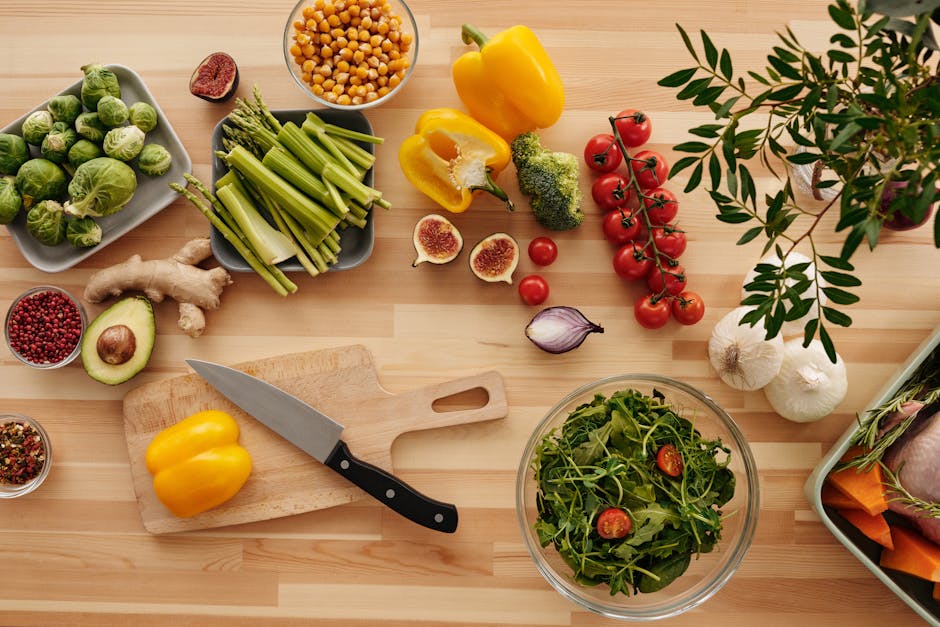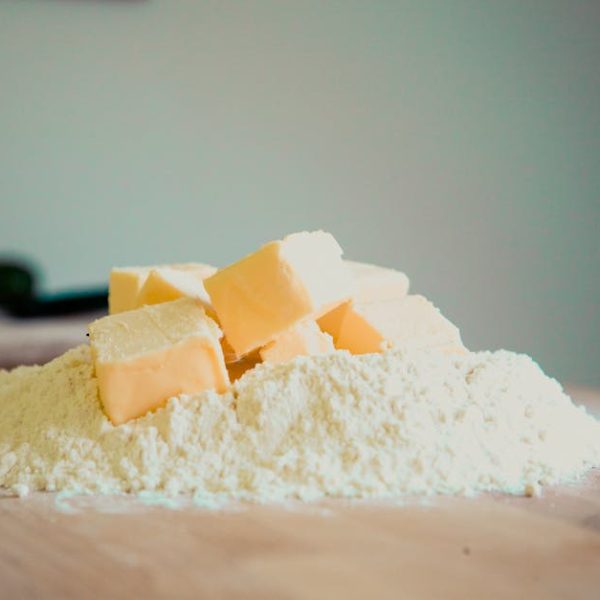You’ve undoubtedly run into a recipe calling for one or the other and been intrigued by the distinction between fresh and minced garlic. While both derive from the same bulbous plant, the form in which they’re used in the culinary world distinctly influences not only their visual appeal but also their flavor profiles, texture, and shelf life.
Fresh garlic, as the name implies, is a raw, unadulterated form of the culinary herb. It’s straight from the husk, comprised of whole cloves that you can peel and chop, crush or dice according to your recipe’s demands. It emanates a robust aroma and offers a powerful kick in flavor, capturing the very essence of garlic in its undiluted form.
On the other hand, minced garlic is a ready-to-use product you’ll find jarred in the condiment aisle of your local grocery store. It’s typically soaked in water and includes preservatives to prolong its shelf life. It saves you the trouble of peeling and chopping fresh cloves, yet there are caveats accompanying its convenience.
Pro Tip: Identifying the differences between fresh and minced garlic is crucial to choosing what best suits your culinary needs – whether you prioritize strong flavor and authenticity or convenience and longevity.
Nutritional and Flavor Comparison of Fresh Garlic and Minced Garlic
In terms of nutrition, fresh garlic takes the lead. It’s abundant in allicin, a bioactive sulfur compound that has multiple health benefits, including immune support, cardiovascular health, and antibiotic properties. It’s also responsible for giving fresh garlic its pungent flavor and aroma. Moreover, its nutritional profile remains untouched since it’s free from additives.
Minced garlic does provide similar nutritional benefits with the convenience of easy application. However, during the garlic mincing process, allicin is often destroyed, reducing the overall health benefits and attenuating the robust garlic piquancy. Moreover, minced garlic includes preservatives that might slightly skew its nutritional value unfavorably.
Best Practice: If your cooking venture demands robust flavor and health benefits, fresh garlic should be your go-to choice. Conversely, if you’re pressed for time, minced garlic could be a practical alternative.
Application and Usage of Fresh Vs Minced Garlic in Cooking
Both fresh and minced garlic have distinct roles in the culinary world, and their usage varies based on the dish at hand. Fresh garlic, with its robust flavor, is widely used in dishes demanding a pronounced garlic note, like garlic bread, salads, stir-fries, and sauces.
Conversely, when convenience trumps the need for a robust flavor, minced garlic comes into play. It’s a handy option for dishes that require a milder garlic hint or when you’re hustling to cook a speedy meal.
Comparison:
Fresh Garlic:
- Pros: High allicin content, strong flavor, no additives.
- Cons: Requires peeling and chopping, shorter shelf life.
Minced Garlic:
- Pros: Convenient, long shelf life.
- Cons: Lower allicin content, contains additives, slightly milder flavor.
Cost, Availability, and Convenience of Fresh and Minced Garlic
When it comes to cost, fresh garlic generally proves to be cheaper. It’s also widely available in both local markets and supermarkets. However, it requires some prep work and has a shorter shelf life compared to minced garlic.
Conversely, minced garlic, due to its processing and packaging, can be more expensive. Yet, its convenience and longer shelf life often merit the price.
✅ Checklist:
When Purchasing Garlic:
- Consider your recipe’s demands
- Weigh the importance of flavor intensity vs. convenience
- Keep a check on the expiration dates
While Storing:
- Store fresh garlic in a cool, dry place.
- Refrigerate opened jars of minced garlic.
How to Substitute Fresh Garlic with Minced Garlic and Vice Versa
Garlic substitutions in recipes are manageable with understanding the following conversions. Roughly, one garlic clove equates to half a teaspoon of minced garlic. Conversely, if you wish to replace minced garlic with fresh in a recipe, the same conversion applies.
Pro Tip: To maintain flavor integrity when switching between fresh and minced garlic, remember that less is more. It’s always safer to start with a smaller quantity and adjust according to your taste preference.
Proper Hygiene and Handling Practices for Garlic
Just like other foods, proper hygiene and handling of both fresh and minced garlic is crucial to ensure food safety and extend shelf life. You should always wash your hands before handling garlic, and ensure that the chopping tools and surfaces are clean. Additionally, any leftover fresh garlic should be stored properly to prevent the growth of molds and bacteria.
Pro Tip: Fresh unpeeled garlic cloves can be kept at room temperature for several weeks. Minced garlic can be kept refrigerated for up to 2 weeks.
Picking the Best Garlic Product for Your Cooking
When deciding whether to use fresh or minced garlic in your recipes, it’s crucial to consider various factors like flavor, nutrition, cost, duration of preparation, and shelf life. Here are some factors to consider:
For a dish requiring a robust and sharp garlic taste, opt for fresh garlic. Also, if you’re keen on getting the most health benefits, fresh garlic should be your go-to choice. Fresh garlic can also be a perfect choice if you are watching your budget since it’s usually cheaper than minced garlic.
On the other hand, if you’re looking for convenience and speed in your cooking, minced garlic will work just fine. Minced garlic is also great if you need to prepare a large quantity of food, as you don’t have to go through the trouble of mincing the garlic yourself.
- Checklist:
- For strong flavor and health benefits: Choose fresh garlic
- For convenience, speed and large quantities: Choose minced garlic
- For a tight budget: Choose fresh garlic
To sum up, while fresh and minced garlic both come from the same plant, they offer different experiences in terms of flavor, nutritional value, cost, and usability in cooking. Therefore, depending on your individual needs and preferences, both can have a place in your kitchen. Happy cooking!
Key Takeaway:
- Fresh and minced garlic offer unique advantages based on application, convenience, flavor, nutritional value, and cost.
- Fresh garlic, being raw and direct from the husk is more potent in flavor and health benefits but requires more preparation time.
- Minced garlic comes pre-chopped in jars with additives, it offers convenience and is more suited for less critical, faster cooking.
- Be aware of the conversion ratio between fresh and minced garlic to ensure flavor consistency when substituting one for the other in recipes.
With an understanding of the differences and respective strengths of fresh and minced garlic, you can confidently choose the right type for your culinary needs. Moreover, being mindful of proper handling and storage practices can enhance the shelf life and safety of both types of garlic. Explore the world of garlic and elevate your cooking with these insights!
FAQs
Q: Are there any known health risks associated with consuming too much garlic, whether fresh or minced?
A: In typical food servings, garlic is generally safe and healthy. However, excessive consumption, especially on an empty stomach, may cause digestive upset or other minor side effects. Always consume in moderation and consult a nutritionist or health practitioner if you have specific dietary concerns.
Q: Is it possible that some recipes work better with minced garlic rather than fresh garlic, or vice versa?
A: Absolutely, some recipes might specifically call for either fresh or minced garlic depending on the desired garlic intensity and overall flavor profile of the dish. Carefully read your recipe instructions to determine the ideal form of garlic.
Q: What should I do if I don’t have access to fresh garlic when my recipe calls for it?
A: You can substitute fresh garlic with minced garlic. Generally, half a teaspoon of minced garlic is equivalent to one clove of fresh garlic. Just be cautious about the change in intensity of the flavor.
Q: Can I make my own minced garlic at home for future use?
A: Yes! You can make homemade minced garlic. Just remember to store it properly (usually in the refrigerator) to prolong its shelf life.
Q: How long can I keep an opened jar of minced garlic in the refrigerator?
A: An opened jar of minced garlic can be kept in the refrigerator for up to three months. Always ensure to use clean utensils when handling to prevent its spoilage.
Feel free to explore more culinary tips and tricks on our site and share this informative post with your friends and fellow food enthusiasts!






